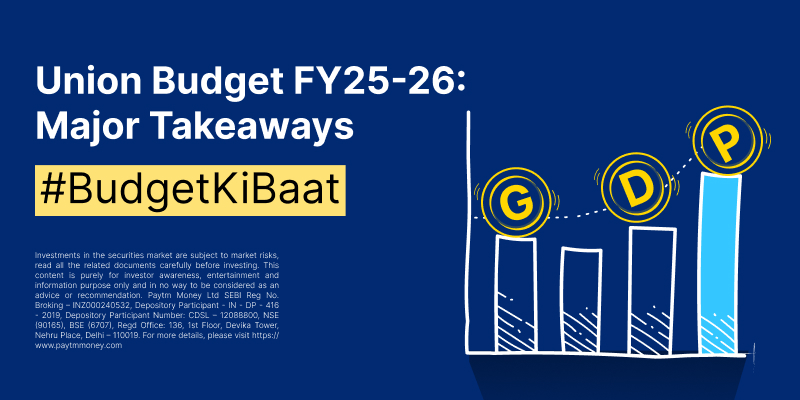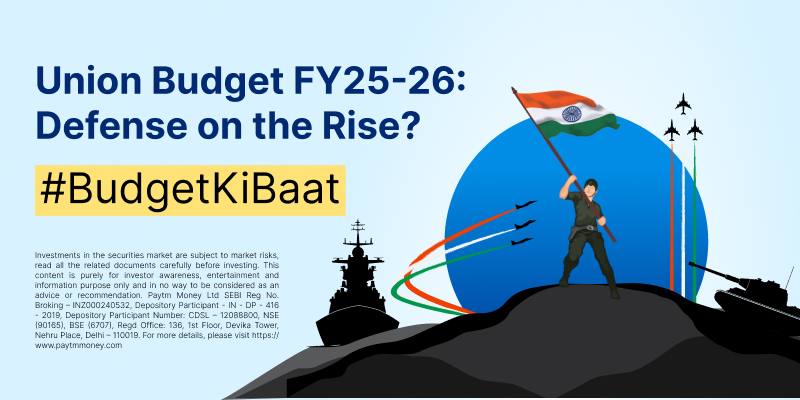Choose debt funds wisely: Prioritize safety over returns!3 min read
Contents
Why are debt funds in news?
Debt mutual funds have once again featured in the news, but unfortunately for all the wrong reasons. Another credit event played out on 5-6th March 2020, this time involving mutual fund exposure to bonds of Yes Bank. Such debt funds saw sharp NAV drop to the extent of even 25%! Credit or default risk is one the major sources of risk while investing in debt funds. Simply put, a credit/default event happens when the money lent out by the mutual fund to corporates faces higher risk of not being paid back or actually does not get paid back when due.
A series of events
Last week’s credit event is not an isolated case. The stress in the debt market became apparent with the default of IL&FS group in September 2018. This was followed by credit events in Anil Dhirubhai Ambani Group (ADAG) of companies, Dewan Housing Finance Ltd (DHFL), Sintex-BAPL, Essel Group of companies, Altico Capital India Limited, Vodafone Idea and Yes Bank just to name the major ones. Each of these saw investors losing their hard earned money due to sharp single day NAV drops.
What made these funds attractive?
Most of the affected funds here provided 1-2% higher returns versus peers in good times but took higher credit risk to generate these returns. Post these events, sharp drop in NAV wiped out the returns significantly. As we had argued in a previous article, the unique nature of credit risk makes such choices based purely on higher historical returns plain wrong!
Correct approach to debt funds
In this context, you may want to revisit the correct approach to debt funds and use it for capital preservation along with stable returns and not wealth creation. Debt funds are expected to reduce portfolio volatility through proper asset allocation. Hence, lookout for safety over returns in debt funds. You can take a look at how to select the right debt fund to suit your needs.
Difficulty in assessing credit risk
An investor can get a sense of the credit risk in a debt fund by looking at the credit ratings of the underlying debt securities. A fund that has a higher proportion invested in Sovereign or highly rated AAA/A1+ papers takes on less credit risk and vice versa.
Going through each portfolio can be a time consuming task for a retail investor. Even this may not be enough as some of the names mentioned previously were rated AAA even weeks before they defaulted. Hence an in-depth and continuous monitoring of the papers that make up each debt fund portfolio is needed to ensure investors do not face unpleasant surprises with their hard earned money.
The verdict
Given the difficulty in assessing credit risk, retail investors should consult a good financial advisor who can pick the right funds and not choose simply based on historical returns. This becomes all the more important as many investors think of debt funds as an alternative to bank FDs.
Paytm Money “Investment Packs” help the investor create a suitable portfolio based on his/her risk profile taking asset allocation into account. Also, a filtered list of debt funds is available under the “Investment Ideas” section. Paytm Money carries out in-depth research before picking suitable debt funds and monitors their underlying portfolios on an ongoing basis. Thus, debt funds present either in Investment Packs or in Investment Ideas have not seen any such sharp and permanent single day NAV drop!




